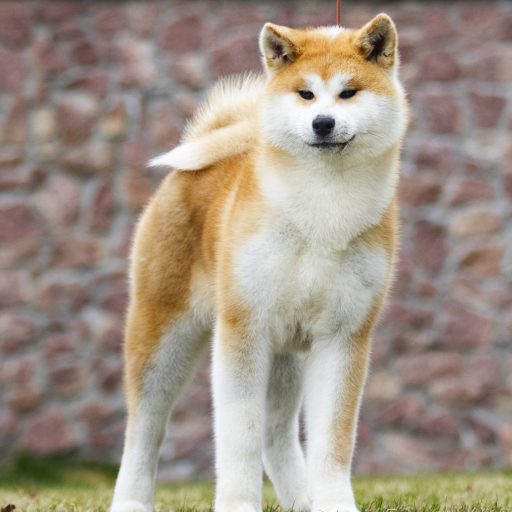Your lizard, once adopted, must live in very specific conditions. They must respect those he would have in his natural environment. Therefore, a terrarium should not be a place where you have to put anything, anyhow. We give you all the keys to successfully setting up your habitat.
From the accessories to be provided to their layout, through the choice of materials and the living conditions to be ensured, the layout of the terrarium must respect certain rules. This approach is decisive for the well-being and health of the lizard.
Choose the ideal terrarium
You can opt for several types of terrarium. There are those with a side opening, which greatly simplifies access to your lizard for handling, although a more traditional aquarium might prevent it from escaping. You can have a glass terrarium or prefer an OSB wood terrarium, as for snakes.
Still, the most common of all is the PVC terrarium, which is more insulating, more resistant even if it costs a little more. We do not recommend the wire cage, which could hurt your lizard at its ends.
The terrarium should be spacious without being too large for your small reptile. You will have to adapt it to its morphology.
The essential elements of the terrarium
Your lizard’s terrarium must include essential accessories for its well-being. So you will need to install:
2 hiding places or shelters, depending on your preferred term. Your lizard will be able to rest there all day and night. Place a hiding place in the warmest corner of its terrarium, and the other in a cold zone. Do not hesitate to line these hiding places with moss, in order to bring them closer to their state in their natural environment.
You need to place some decorative items in the terrarium. Thus, you will more easily opt for branches, foliage, as well as flat or fairly large stones. Do not hesitate to put enough to satisfy the daily life of your reptile, but not too much either so as not to clutter up its living space.
The substrate is an essential element of its terrarium. You have the choice between wood chips, sand or synthetic grass, but also corn or hemp if you wish. Note that wood chips and sand may not contain your reptile. There is a high risk of occlusion.
A water bowl must be installed in the terrarium. Most importantly, this water should be changed daily, as it should never get dirty or infected. Remember to pick up your lizard’s droppings daily.
Again, remember that balance matters in the arrangement of objects in your pet’s terrarium. There is no question of overloading it, but it should not be empty, at the risk of being sad, even for your lizard.
heating and lighting
The conditions prevailing in the terrarium of your lizard must resemble what it can know in its environment of origin. Whether in terms of air temperature, humidity or sunshine. In order to compensate for the lack of sunlight, you must install UV lamps so that it can synthesize vitamin D and calcium, essential to its body.
For heating, you can bring a heating mat to place under the terrarium, or even cables that allow you to better target the places to be heated, or even the traditional heating lamp. The latter must be protected so that your lizard does not get burned on contact with it. The hot zone should be a maximum of 32°C, and the cold should not drop below 26°C.
To read also: Which terrarium to choose for your lizard?
The location of the terrarium
Your lizard’s terrarium should not be installed in a place of passage and even less on the ground. The slightest step would disrupt the life of your reptile, which would assimilate this to the approach of a predator. The stress would then be at its peak. Choose a place halfway up, in a quiet room with no drafts.
In summary
Your lizard must be able to live in a properly arranged terrarium. He must respect his living conditions which would have been his in his original environment. The temperature of his terrarium must be precise, both for the hot spot and the cold spot. Several accessories will ensure this, such as modulating its brightness. For the rest, your lizard must have water but also decorative objects as well as a hiding place in each temperature zone.












